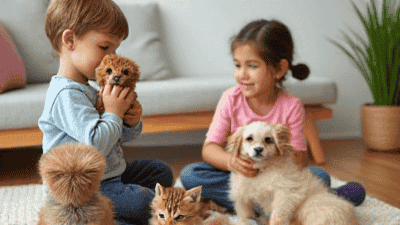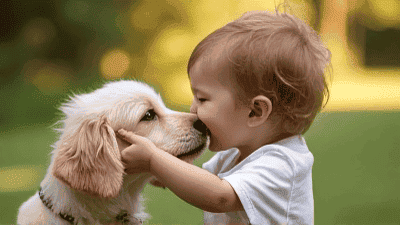Pets are an integral part of many families, providing companionship, love, and valuable life lessons for children. However, communicating with pets isn’t as straightforward as talking to humans. Pets rely heavily on body language to express their feelings, needs, and boundaries. Teaching your child to read a pet’s body language is an essential skill that can prevent misunderstandings, reduce the risk of accidents, and foster a deeper bond between your child and their furry friend.
-
-
Bringing pets and children together under one roof can be a source of endless joy, laughter, and lifelong memories. However, it also requires careful planning to ensure that both kids and pets feel safe, comfortable, and respected in their shared environment. Balancing the needs of children and pets can be challenging, but with the right strategies, you can create a harmonious home where everyone thrives.
-
In today’s fast-paced world, many families juggle work, school, extracurricular activities, and social commitments, leaving little time for pet care. However, the benefits of having a pet—such as companionship, stress relief, and teaching responsibility—are undeniable. The good news is that there are pets perfectly suited for families with busy schedules. These pets require less time, attention, and maintenance, making them ideal for households that can’t dedicate hours each day to pet care.
-
Pets bring immeasurable joy, companionship, and life lessons into a family, especially for children. The bond between a child and their pet can be one of the most meaningful relationships they will ever experience, teaching them about love, responsibility, empathy, and compassion. However, building and nurturing this bond requires effort, understanding, and intentionality.
-
Bringing a pet into your family is a wonderful way to teach children about responsibility, empathy, and compassion. However, it’s essential to teach your child to respect a pet’s boundaries to ensure a harmonious and safe relationship. Pets, like humans, have their own needs, preferences, and limits, and understanding and respecting these boundaries is key to fostering a positive bond between your child and their furry friend.







